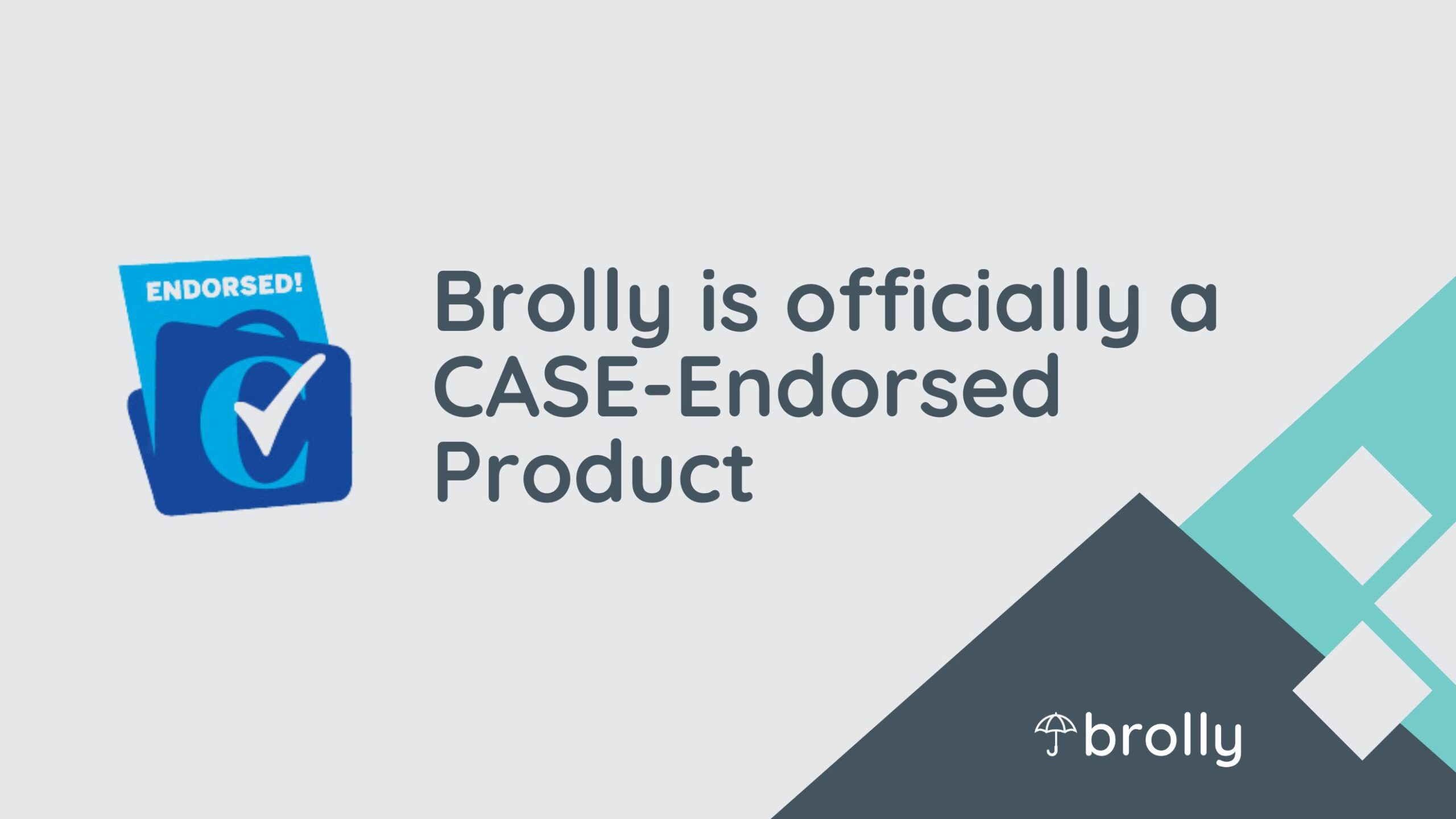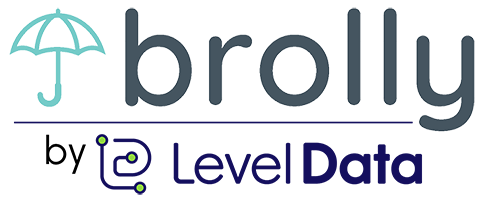Best Practices for Student Centered IEP Meetings
Best Practices for Student Centered IEP Meetings
Have you ever sat at an IEP meeting where the discussion seems to be on everything but the student? These meetings can be hyper-focused on evaluation data, student weaknesses, or ensuring that litigation doesn’t arise, while overlooking the most important reason for the meeting- the student.
Why center an IEP meeting around the student voice? When students are invested in their services and understand their needs, their outcomes are greater. Teachers and providers deliver feedback in ways that students can understand. The conversation can be clearer and more focused on what is possible.
Student-centered IEP meetings can be held at any developmental level – even if the student isn’t attending the meeting. It’s up to district leadership to determine if student involvement in the IEP meeting is developmentally appropriate. If the student doesn’t attend the meeting, they can still be involved in the IEP process.

For example, a third grader might be able to share what’s going well and what’s hard for them at school, as well as name some things that could help them. However, sharing these thoughts out loud at an IEP meeting surrounded by adults might prove difficult. At this level, a case manager might gather student feedback ahead of time, share the feedback at the meeting, then reconnect with a student after a meeting to let them know about updates to their IEP. In contrast, a 10th grader may be involved in all points of the process- including the meeting.
*If the student will attend the meeting, check with families ahead of time to understand what has been shared with the student regarding their disability and their IEP. Although you may believe transparency and student involvement are essential, a family could feel differently.
So how do you implement student-centered IEP meetings in your district? We’ve put together tips to help your team, whether you’re moving towards student-centered IEP meetings for the first time or looking for ways to improve your approach to your student-centered IEP meeting.
Preparing for the IEP meeting
Before the IEP meeting, it is essential to prepare a student for what their meeting looks like and gain insight on what matters most to them.
-
-
-
- Invite the student to review their work with you. During this review, ask students what they are most proud of and what they still need help with.
- Get the student’s input about each service they receive and review their IEP goals with them. Aggregate provider session notes ahead of time so you have the information you need to review service history, attendance, and progress with them (you can also do this in a few clicks in the reporting center). Talk through their services and the progress they’ve made towards their IEP goals. Do they feel like they are getting enough, not enough, or too much of a service? What would they like to stay the same and what would they like to change?
- Ask students to think about the classroom, what is easy for them and what is hard for them? What do they think could help them to do better? What is currently helping them do well? Reviewing current accommodations and supports one at a time can make this process more approachable for students.
- If a student is going to participate in the meeting, review the agenda with them ahead of time. Let them know you will check in at several points during the meeting to see if they have questions or additional input. You can even practice these check-in moments so they’re more comfortable giving input during the IEP meeting.
- Interview students about their college and career aspirations. This is required after age 12 but can be informative with students at younger ages as well.
- If there are portions of the meeting that may discuss sensitive information that is not developmentally appropriate for the student, plan the agenda for when the student will and will not be present.
-
-
During the IEP meeting
Leave ample time for student feedback and understanding of what next steps will be after the meeting.
-
-
- Start the meeting by introducing everyone and their role in the meeting. Let the group know the focus of the meeting is the student and how they can best be supported. Some teams find it helpful for the student to review the agenda and keep time depending on student developmental level.
- It can be valuable to have the student share their work and feedback first based on your pre-meeting.
- Encourage the adults to speak to the student, not about the student. For example, when evaluation data is being shared a practitioner would say: “Some areas of strength for you were…”
- Check in with your student during each agenda item to provide feedback and ask questions.
-

After the IEP meeting
After the IEP meeting, it is critical for the student to understand any updates to their IEP and how their IEP will be implemented.
-
-
-
Schedule a meeting with the student to debrief the IEP meeting. Ask about how it went for them and review the updated IEP in a one-on-one environment. This is also a great opportunity for students to provide feedback on the process.
-
Set a time to review the IEP with the student and their teachers to discuss strategies for implementation. Student ownership in implementing the IEP will lead to greater transfer of skills across settings.
-
When it is time to monitor progress on IEPs, be sure to spend time reviewing the students work and getting their reflections to support this evaluation.
-
-
Making the transition to student centered IEP meetings
Adjusting to a student-centered IEP meeting can be impactful in several areas. A student’s understanding of the process and their own needs helps empower them to take charge of their learning. The transparency of the process demystifies both what it means to have a disability and what can be done to support a student with a disability. When students are included in IEP meetings, they can hear first-hand about their disability and what can be done to support them. This open dialogue allows space for students to ask questions to get a deeper understanding of themselves and learners and to provide feedback to the teams supporting them. All team members deepen their understanding of the student needs during student-centered IEP meetings. Finally, shifting the tone of the meeting to one of support and growth can lead to a more fruitful discussion on building on their strengths.

